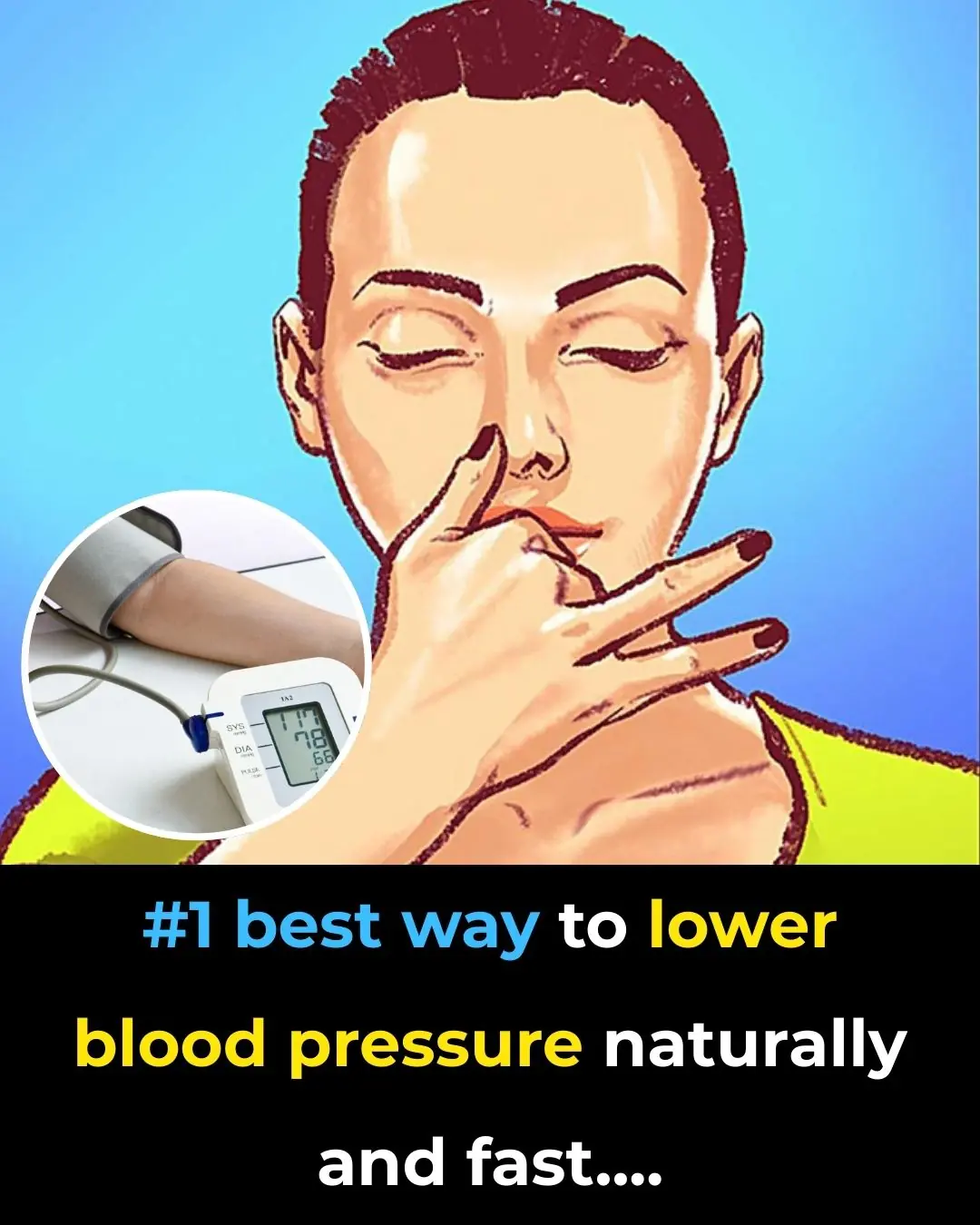
Just Add a Few Drops of This, and Even the Strongest Super Glue Will Dissolve Instantly
Super glue is one of the most powerful adhesives available for everyday use. From fixing broken objects to quick repairs, it bonds surfaces in seconds and creates a hold that feels nearly impossible to break. However, this strength is also what makes it so frustrating when glue ends up in the wrong place—on your hands, furniture, or surfaces where you never intended it to stick.
Fortunately, there’s a simple household trick that can solve this problem. By adding just a few drops of the right liquid, you can dissolve super glue quickly and safely without damaging the material underneath. Let’s uncover why this method works, what to use, and how to apply it correctly.
Why Super Glue Is So Hard to Remove
Before learning how to dissolve it, it helps to understand why super glue bonds so strongly.
-
Chemical Reaction: Super glue, also known as cyanoacrylate adhesive, reacts with trace amounts of moisture on surfaces and in the air. This reaction causes the liquid glue to harden almost instantly.
-
Strong Bonding Power: It forms tight chains of molecules that grip materials like plastic, metal, glass, and skin.
-
Durability: Once cured, the glue becomes resistant to water, heat, and many solvents, which makes removal more challenging.
Because of these properties, people often believe there is no way to undo a super glue mistake. But that’s not true—there are safe methods.
The Secret: A Few Drops of the Right Liquid
Experts recommend using acetone, a common solvent that can be found in many nail polish removers. Acetone breaks down the chemical structure of cyanoacrylate, softening the glue until it can be wiped or peeled away.
Why Acetone Works:
-
It penetrates the hardened glue and weakens the bonds between the molecules.
-
It works quickly, often within minutes, depending on the thickness of the glue.
-
It is widely available and affordable, making it a convenient solution.
How to Use Acetone to Dissolve Super Glue
Follow these steps for the safest and most effective results:
-
Test the Surface First
Acetone can sometimes affect delicate surfaces like painted wood, plastic coatings, or fabrics. Always test a small hidden area first to check for damage. -
Apply a Few Drops
Put a few drops of pure acetone or acetone-based nail polish remover directly onto the dried glue. -
Let It Sit
Allow the acetone to soak in for several minutes. This gives it time to break down the hardened glue. -
Gently Scrape or Peel
Once softened, use a soft cloth, cotton pad, or a blunt tool (like a plastic card) to gently lift the glue. Avoid using sharp objects that might scratch the surface. -
Repeat if Necessary
For thicker layers of glue, you may need to apply acetone more than once until it dissolves completely. -
Clean the Area
After removal, wash the surface with soap and water to remove any leftover solvent.
Alternative Household Solutions
If acetone is not available or suitable for the surface, here are some alternatives:
-
Warm Soapy Water: Soaking the affected area for a long time can gradually soften the glue. This method works best on skin or fabric.
-
Vegetable Oil or Olive Oil: Oils can sometimes loosen the bond by seeping under the glue. This is gentler but slower than acetone.
-
Rubbing Alcohol: In some cases, isopropyl alcohol can help soften the glue, though it is less effective than acetone.
How to Remove Super Glue from Skin
Accidentally gluing your fingers together is a common mishap. Here’s how to handle it safely:
-
Don’t Pull Forcefully: Pulling glued skin apart can cause injury.
-
Soak in Warm Soapy Water: Submerge the area to soften the glue.
-
Apply Acetone Carefully: Dab a cotton pad with acetone-based nail polish remover and apply to the glued skin.
-
Gently Rub: Use a soft cloth or your other hand to rub the glue until it begins to loosen.
-
Moisturize Afterwards: Acetone can dry out the skin, so apply lotion or oil to restore moisture.
Preventing Future Glue Accidents
While it’s good to know how to dissolve super glue, prevention is always better:
-
Use Gloves: When working with glue, wear disposable gloves to protect your skin.
-
Apply Carefully: Use small amounts and apply with a toothpick or cotton swab for precision.
-
Protect Surfaces: Cover your work area with newspaper or cardboard before using glue.
-
Keep Acetone Nearby: If you use super glue often, store a small bottle of acetone or nail polish remover for emergencies.
When to Seek Professional Help
If glue spills onto valuable items like jewelry, electronics, or delicate fabrics, it may be best to consult a professional cleaner or repair technician. Attempting removal on your own could cause more damage than the glue itself.
Final Thoughts
Super glue may feel unstoppable once it hardens, but with the right approach, it can be dissolved quickly and safely. By applying just a few drops of acetone, you can soften and remove even the strongest adhesive. If acetone isn’t suitable, alternatives like warm water, oils, or rubbing alcohol can provide gentler solutions.
The next time super glue sticks where it shouldn’t—whether on your skin, furniture, or household items—remember that the fix is simpler than it seems. With a little patience and the right liquid, you can undo the mistake and restore your surfaces with ease.
News in the same category

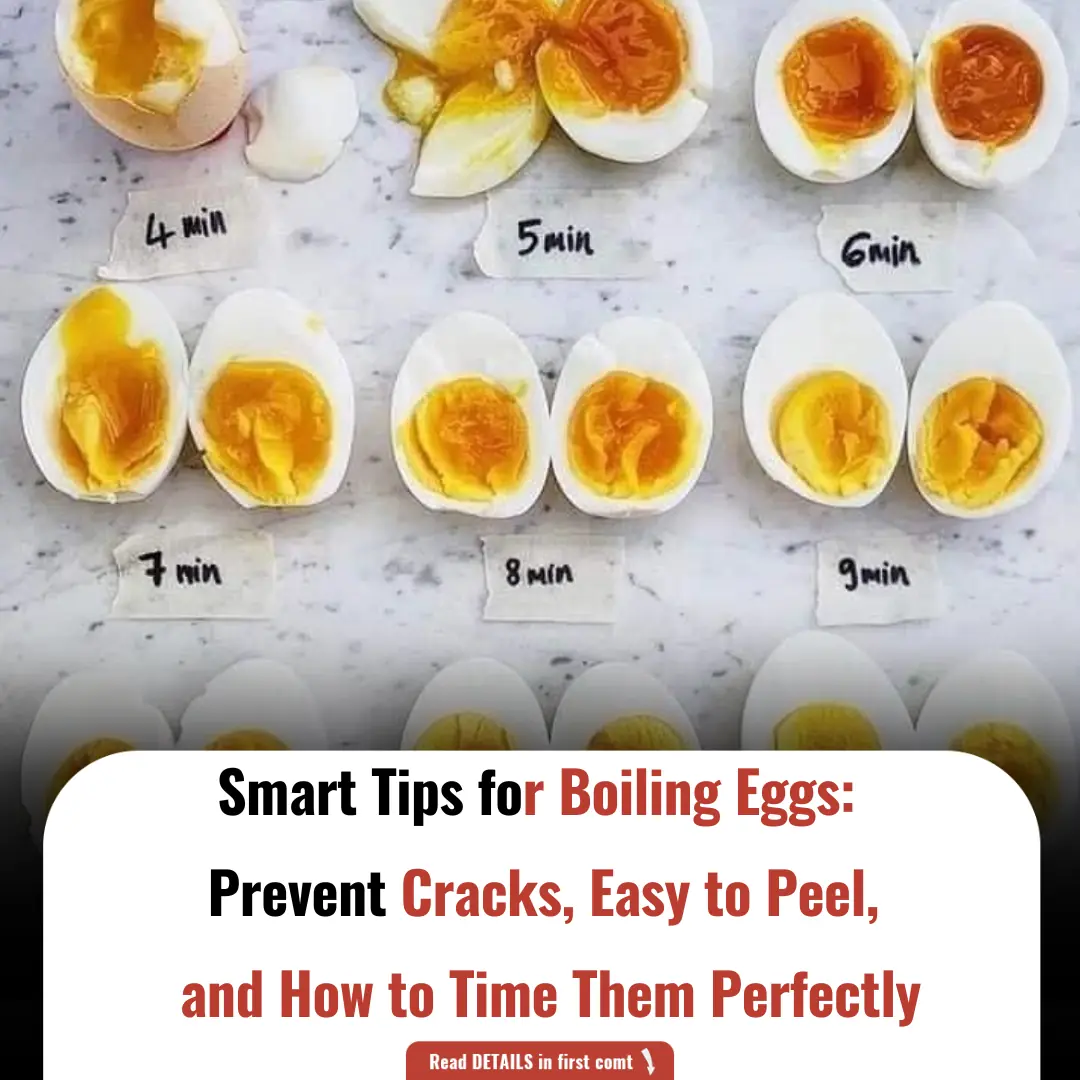
Smart Tips for Boiling Eggs: Prevent Cracks, Easy to Peel, and How to Time Them Perfectly

A Fruit Growing Abundantly in Gardens That Few People Eat Turns Out to Be an Autumn ‘Miracle’ Better Than Ginseng and Bird’s Nest
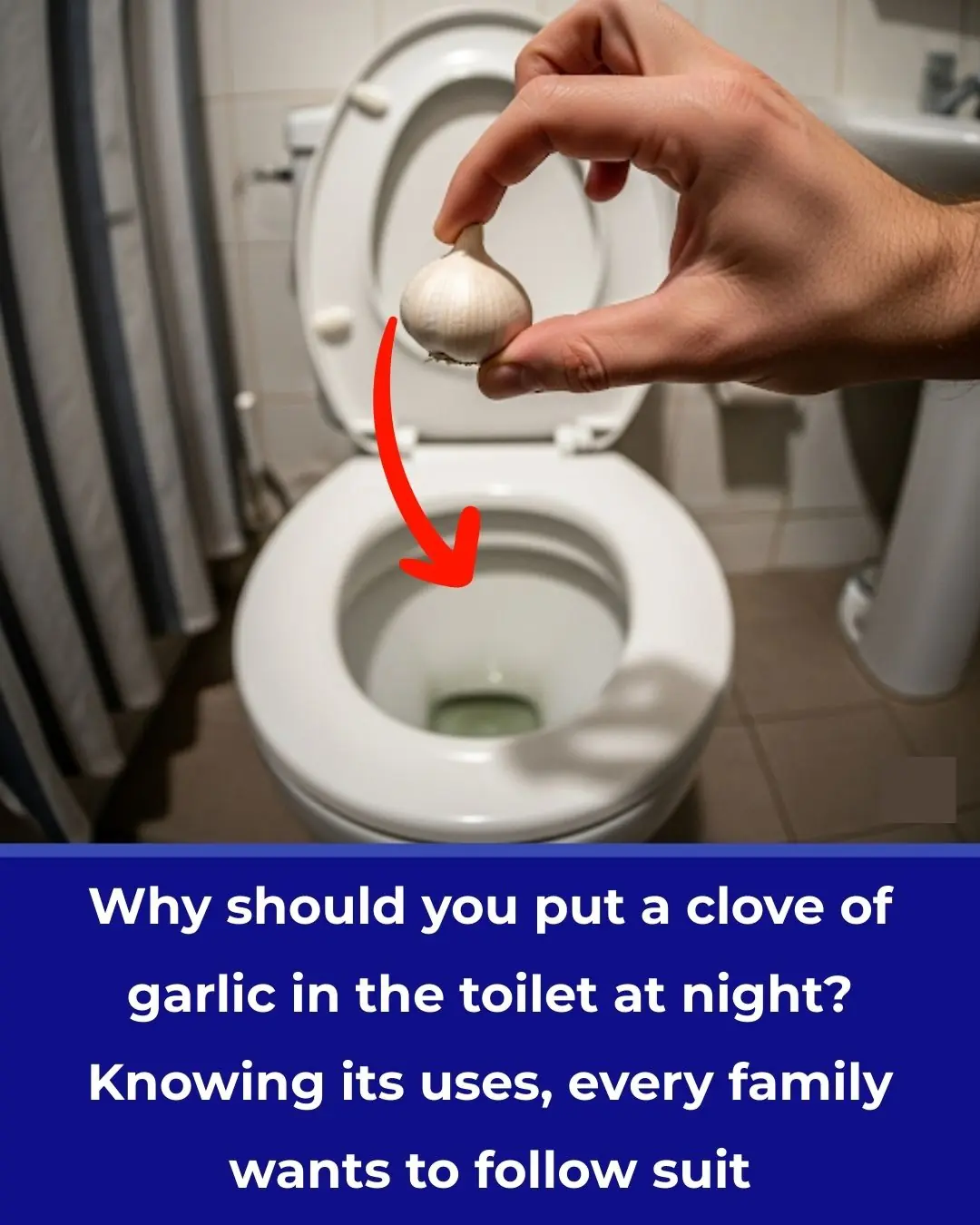
Why Should You Drop a Clove of Garlic into the Toilet Bowl at Night? Knowing Its Benefits, Every Household Wants to Try It
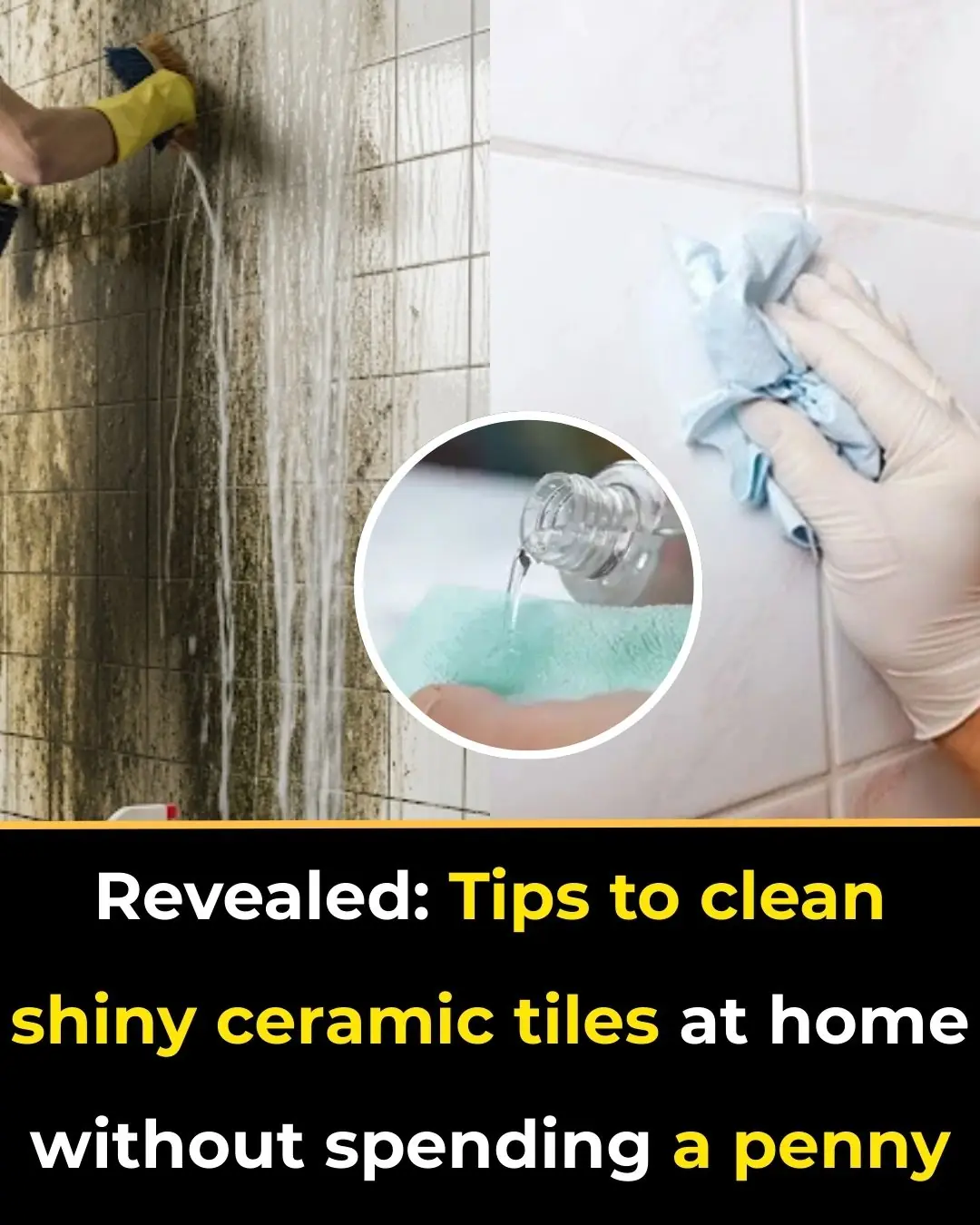
Revealed: How to Make Ceramic Tiles Sparkle at Home – Without Spending a Dime
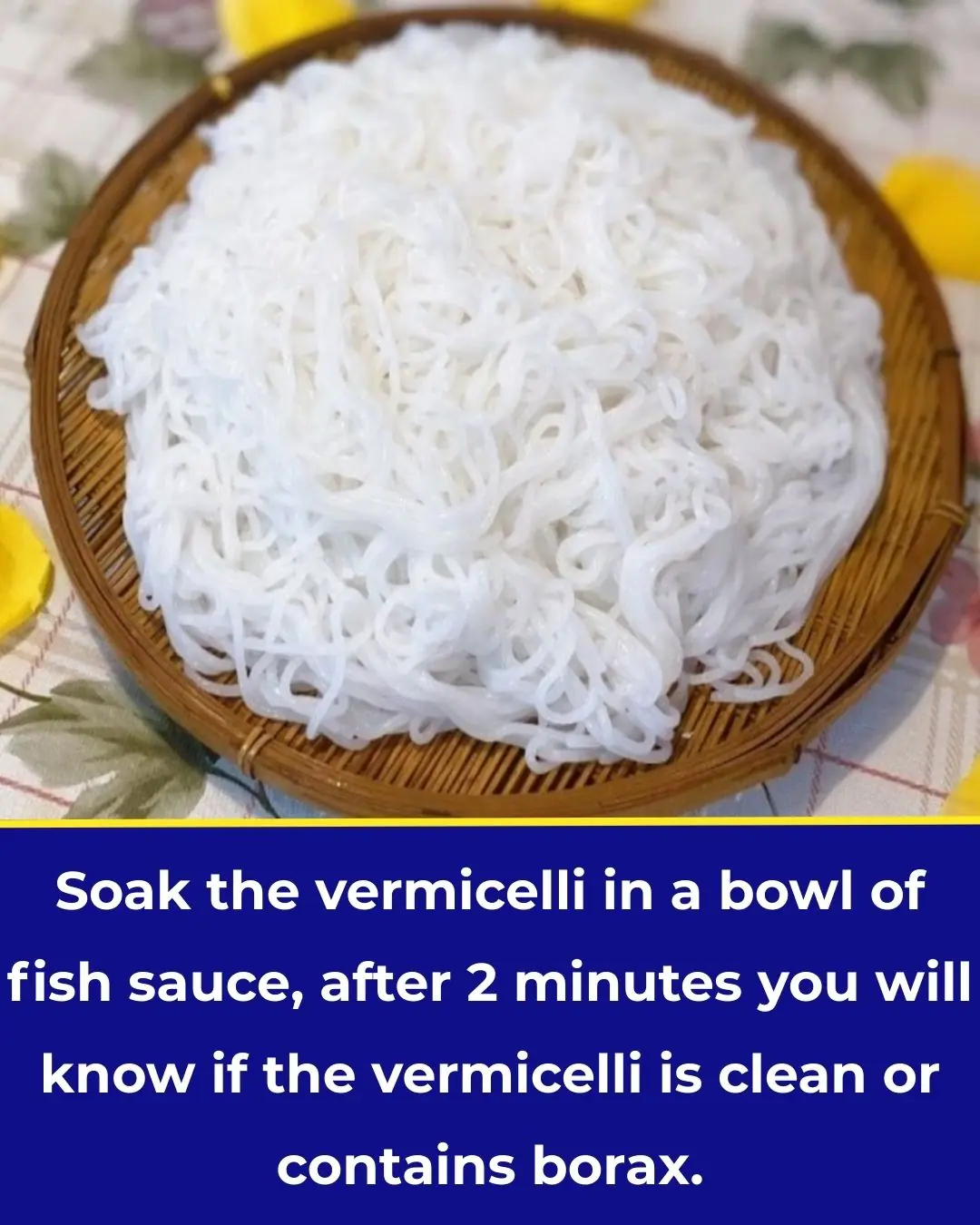
Soak the vermicelli in a bowl of fish sauce, after 2 minutes you will know if the vermicelli is clean or contains borax.
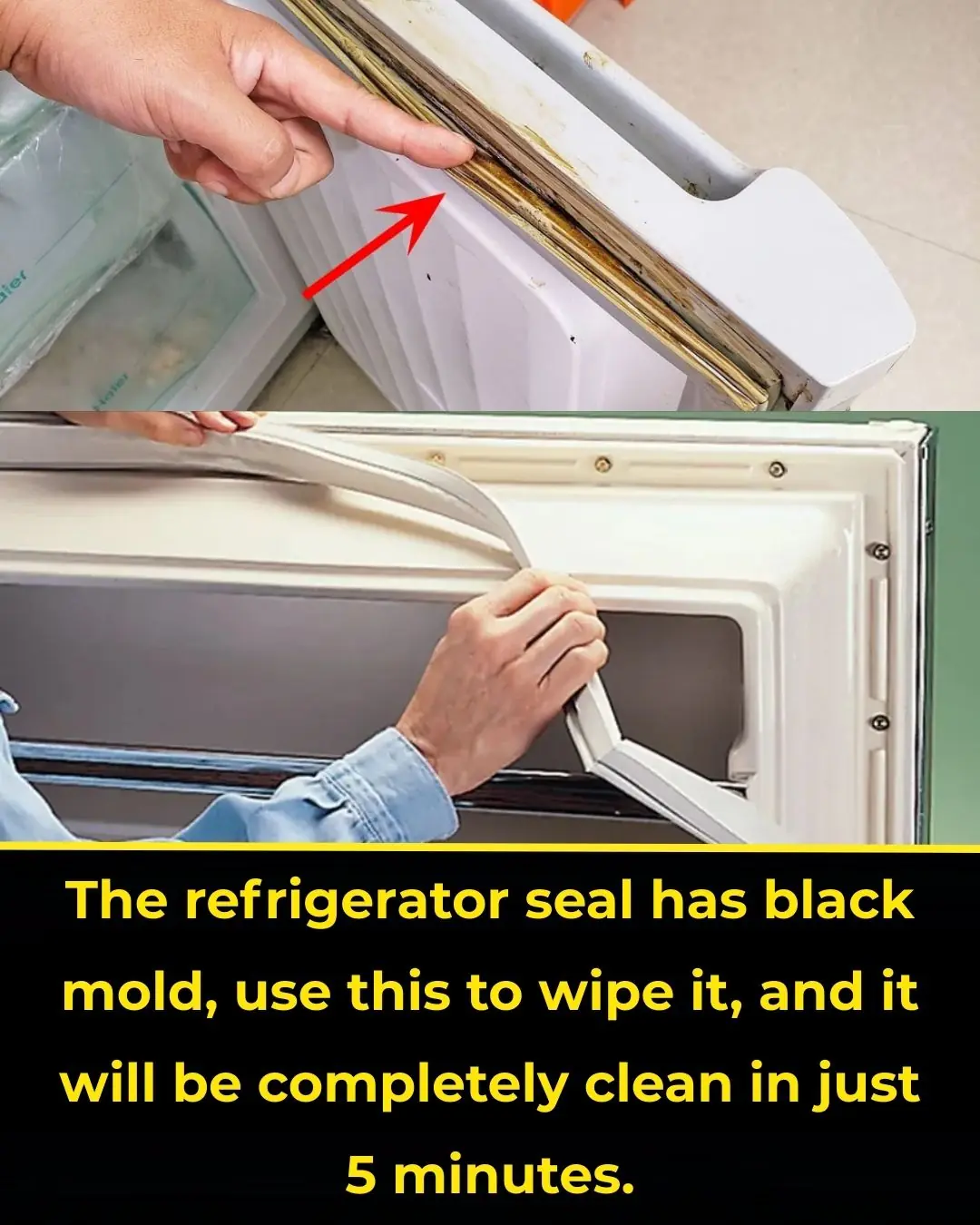
The refrigerator seal has black mold, use this to wipe it, and it will be completely clean in just 5 minutes.
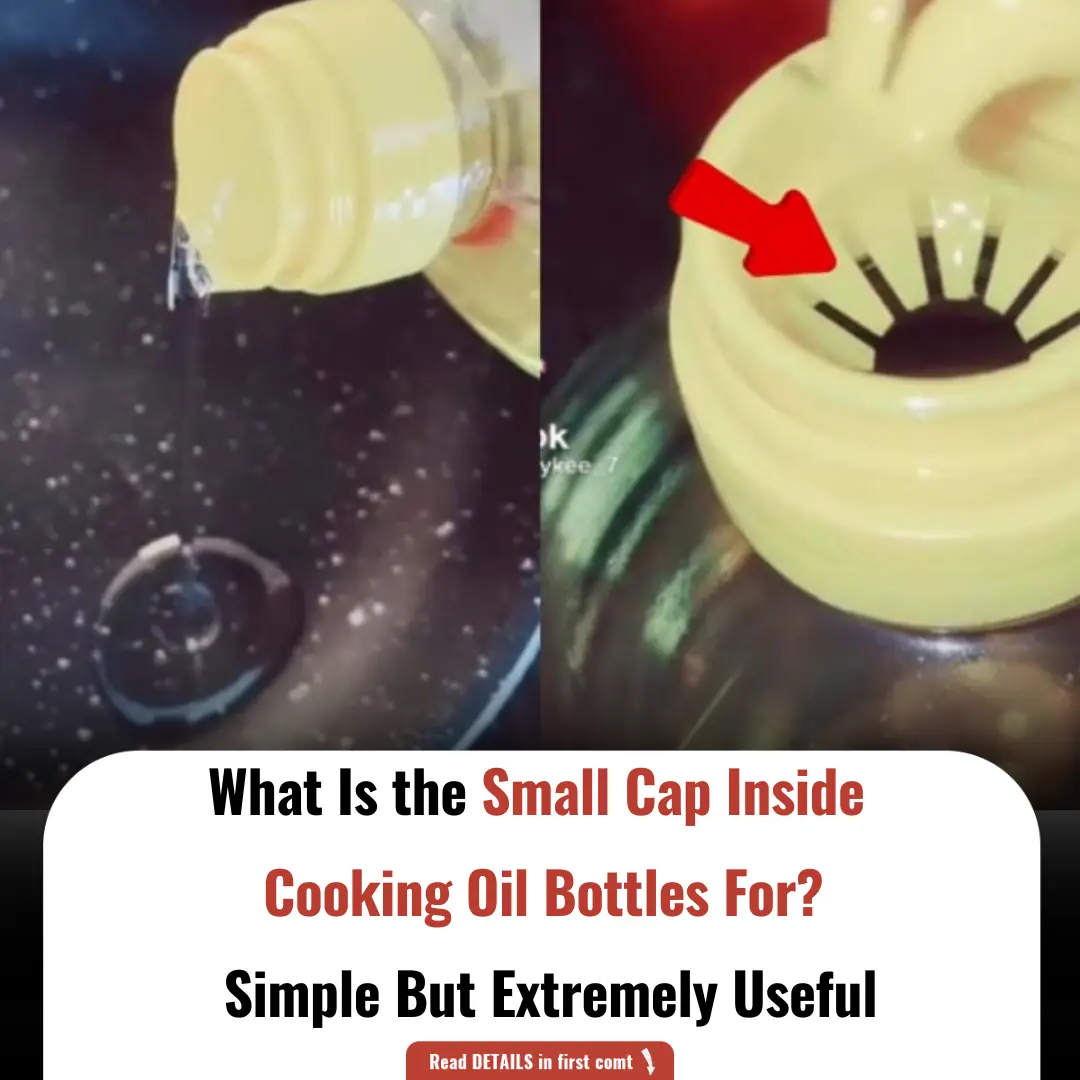
What Is the Small Cap Inside Cooking Oil Bottles For? Simple But Extremely Useful
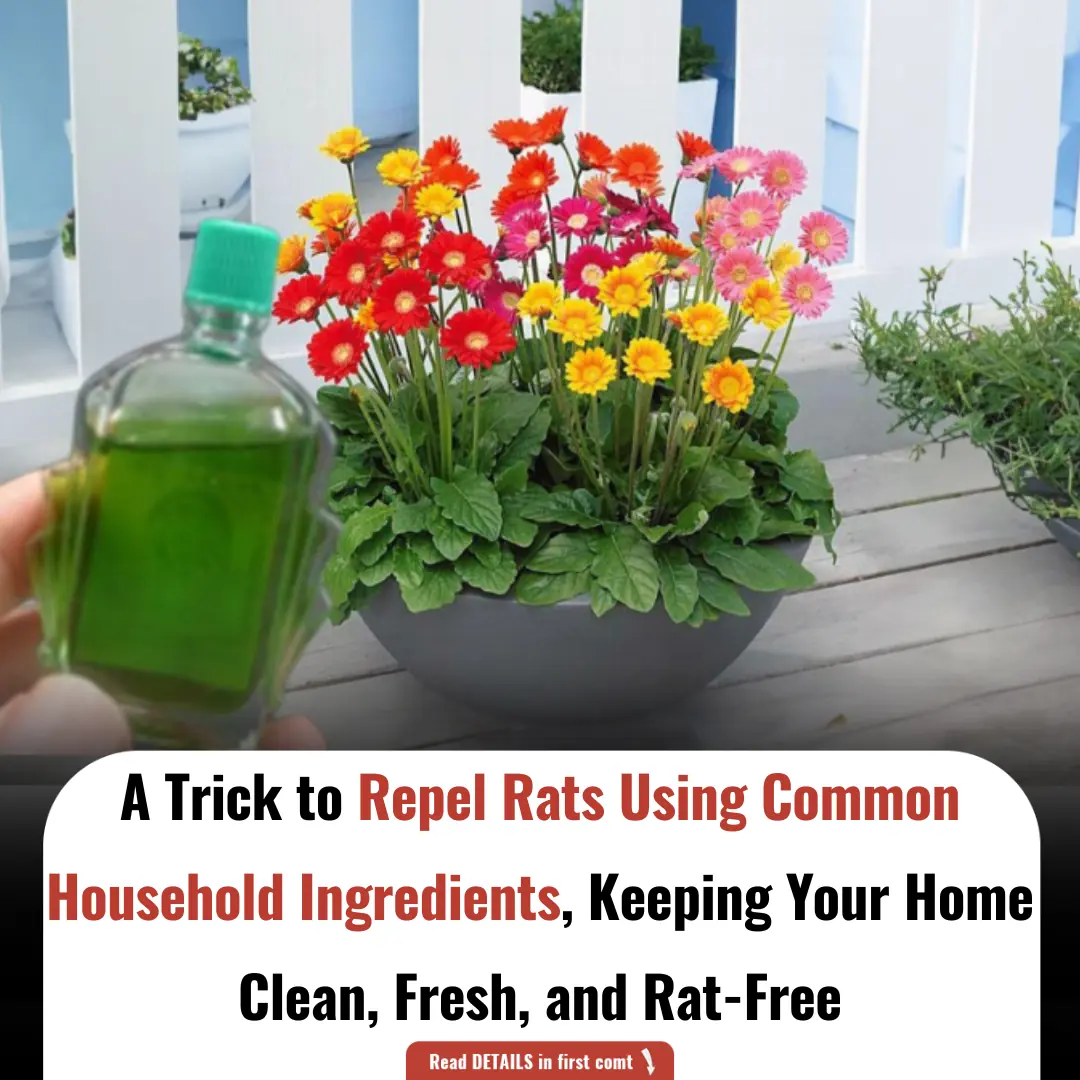
A Trick to Repel Rats Using Common Household Ingredients, Keeping Your Home Clean, Fresh, and Rat-Free
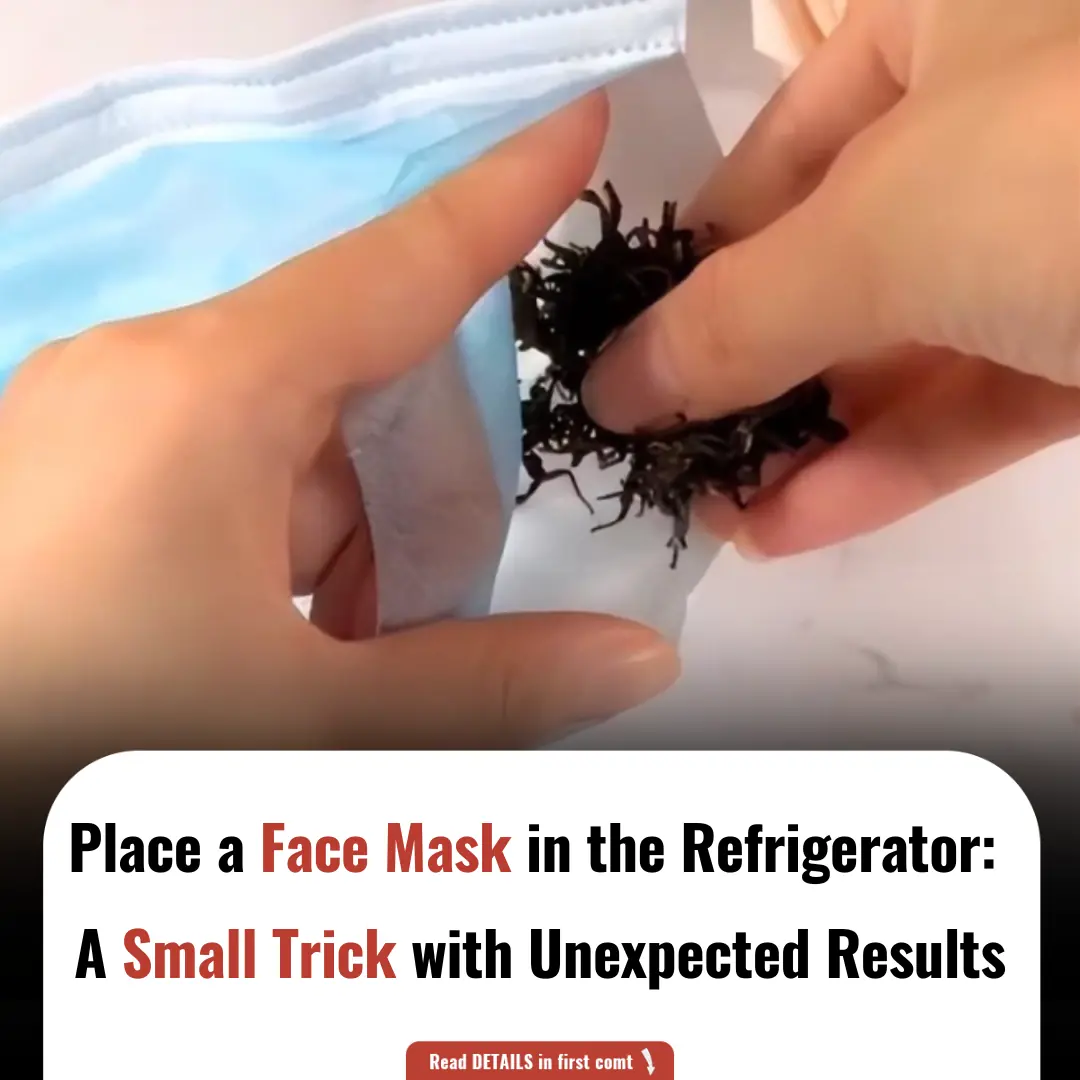
Place a Face Mask in the Refrigerator: A Small Trick with Unexpected Results
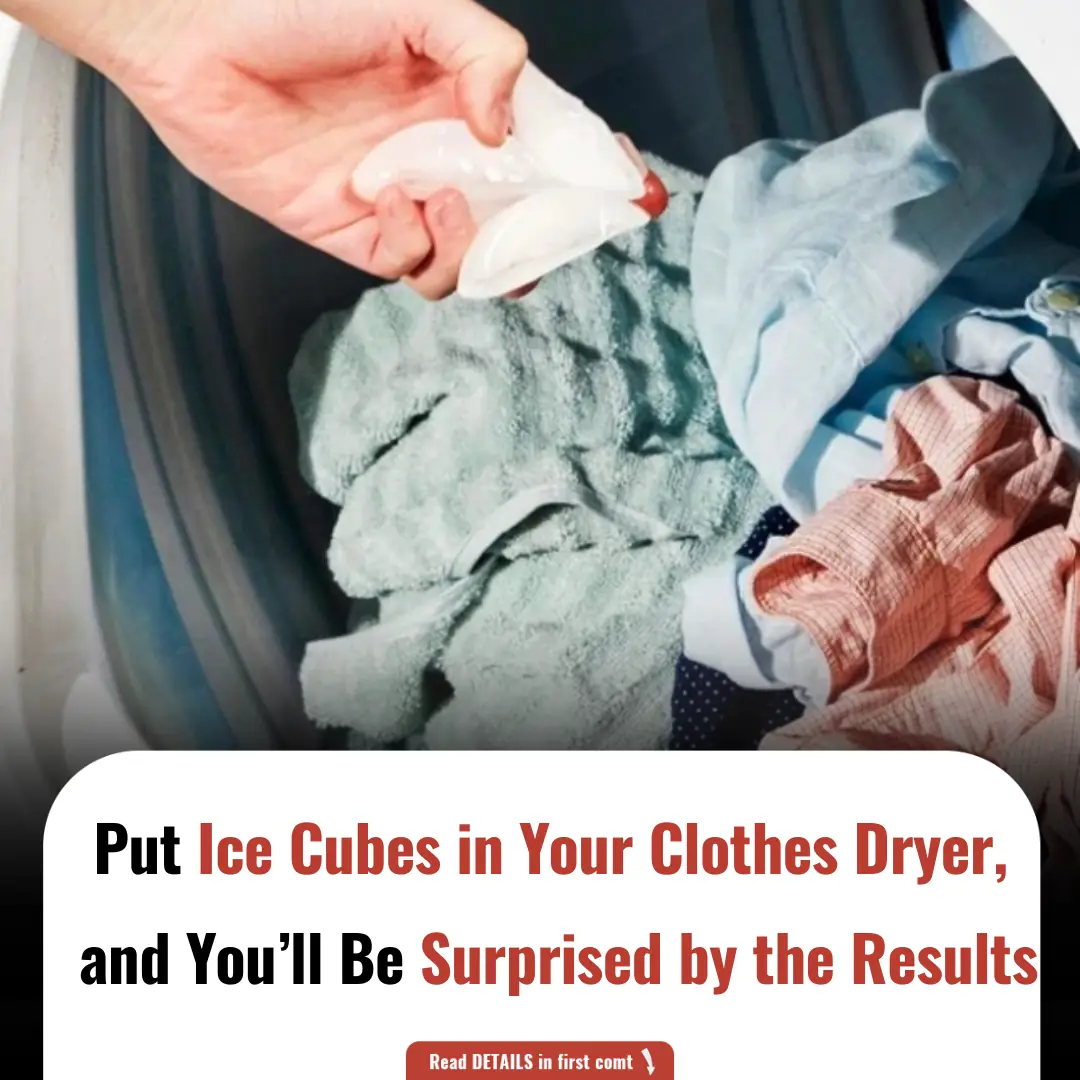
Put Ice Cubes in Your Clothes Dryer, and You’ll Be Surprised by the Results

Why You Should Put Coins in the Refrigerator?

Tips for Choosing Good Avocados: Don't Be Tempted by Large Ones, They Are 'A Waste of Money'.
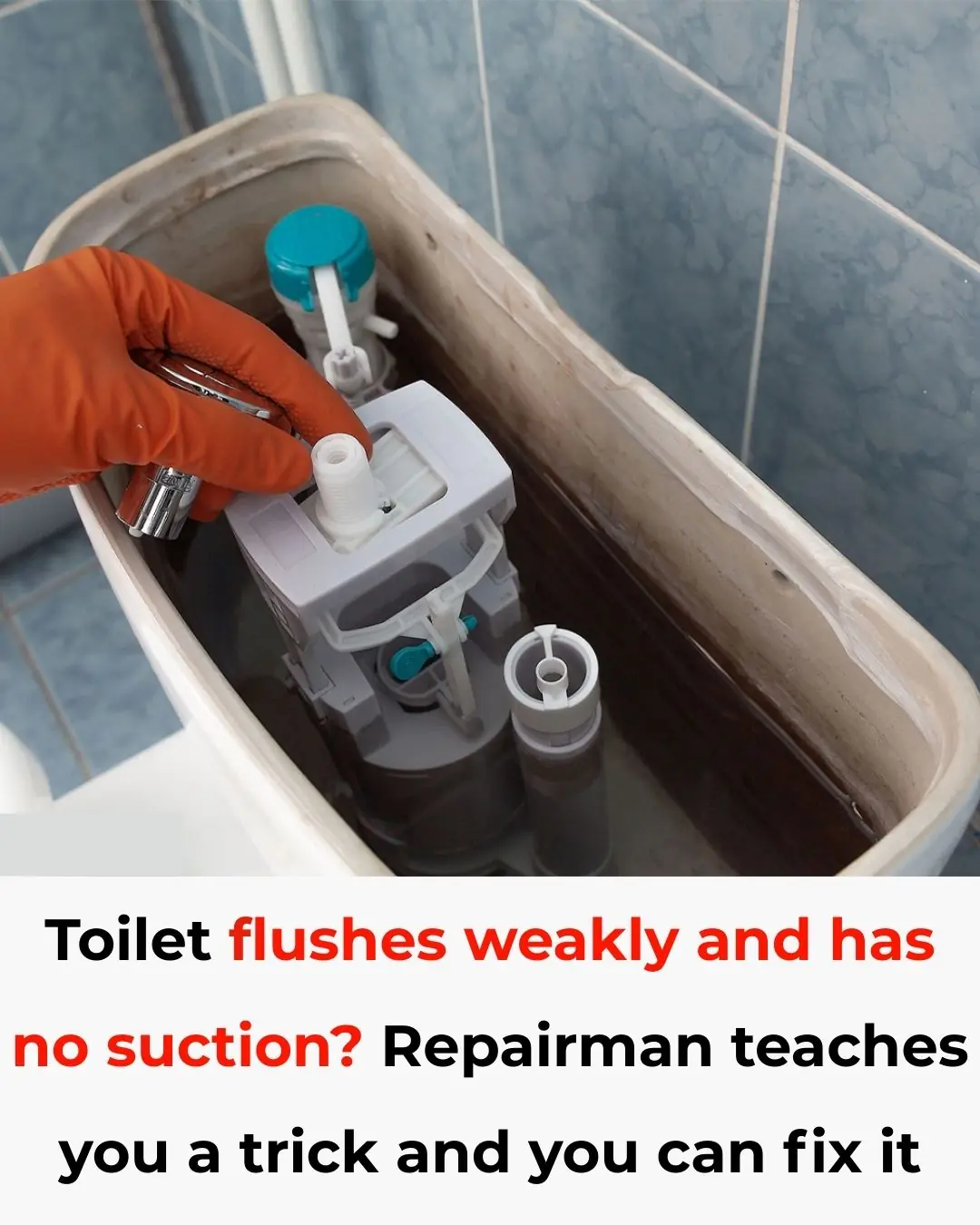
Weak Toilet Flush with No Suction Power? A Simple DIY Hack from the Pros

Don’t Throw Away Rotten Tomatoes – The More Rotten, the More “Valuable”! Few People Know This, So Share It with Your Family

Treat Premature Gray Hair with a Natural Dye Using Tamarind and Potato – Cheap and Effective!

Here are 3 coffee drinking habits of many young people that can accelerate aging and cause various health problems

It's not a snake, this is the "a:ss@ssin" that can crawl out of your air conditioner at home.
Why Should We Not Open the Bedroom Door at Night?

8 Body Language Tips to Help You Appear More Confident
News Post
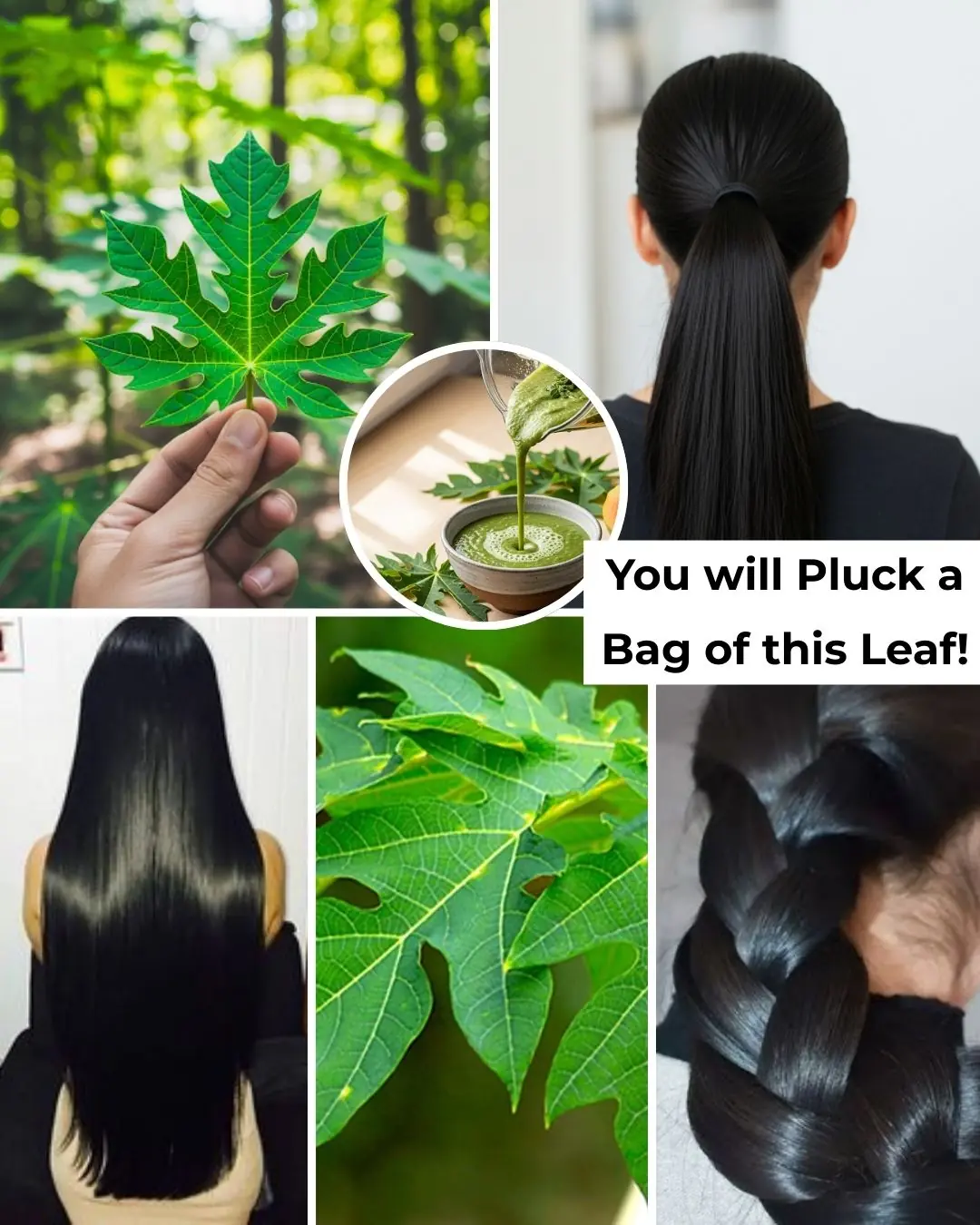
🌿 Can Papaya Leaves Turn Gray Hair Black Naturally? Unlock Nature’s Secret to Vibrant Hair

Japanese airport has never lost luggage in over 30 years – This is why

The Ultimate DIY Clove Skincare Routine

A Company in Kenya Builds Houses From Recycled Shipping Containers – Solar-Powered and Ready in Days

5 Types of Drinks You Shouldn’t Store in a Thermos

Smart Tips for Boiling Eggs: Prevent Cracks, Easy to Peel, and How to Time Them Perfectly

🥕 3-Day Carrot-Based Detox: Cleanse Your Liver and Intestines Naturally
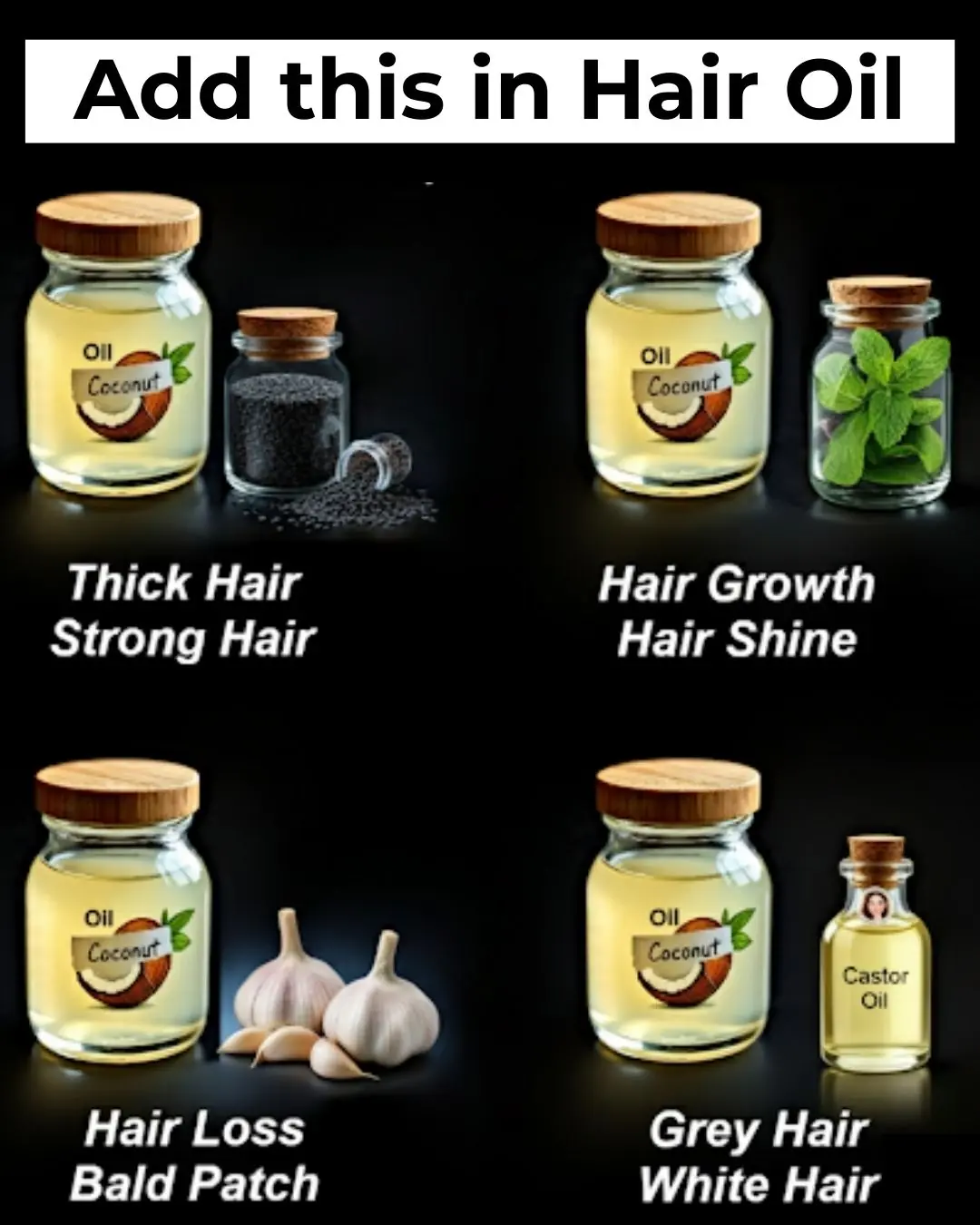
Coconut Oil for Hair Growth – Add this in your Hair Oil

What Terrible Things Happen When Women Lack Intimacy? A Painful Yet True Reality

Why You Should Never Place Your Bed Like This
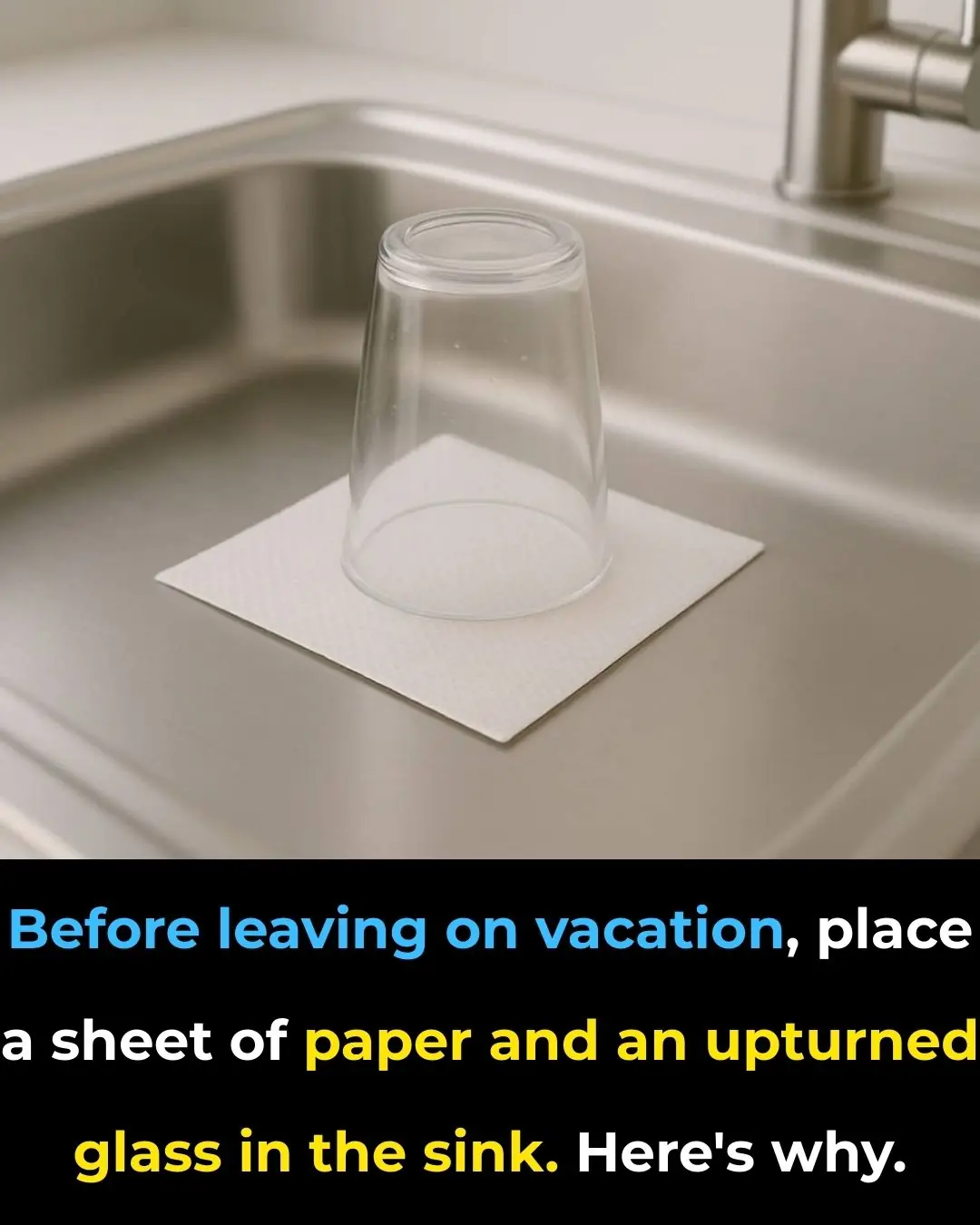
Sink Trick You Should Always Do Before Vacation

10+ Foods That Naturally Lower Blood Sugar Levels

Elon Musk Issues Serious Warning on Japan’s Population Decline

A Fruit Growing Abundantly in Gardens That Few People Eat Turns Out to Be an Autumn ‘Miracle’ Better Than Ginseng and Bird’s Nest

Why Should You Drop a Clove of Garlic into the Toilet Bowl at Night? Knowing Its Benefits, Every Household Wants to Try It

Revealed: How to Make Ceramic Tiles Sparkle at Home – Without Spending a Dime
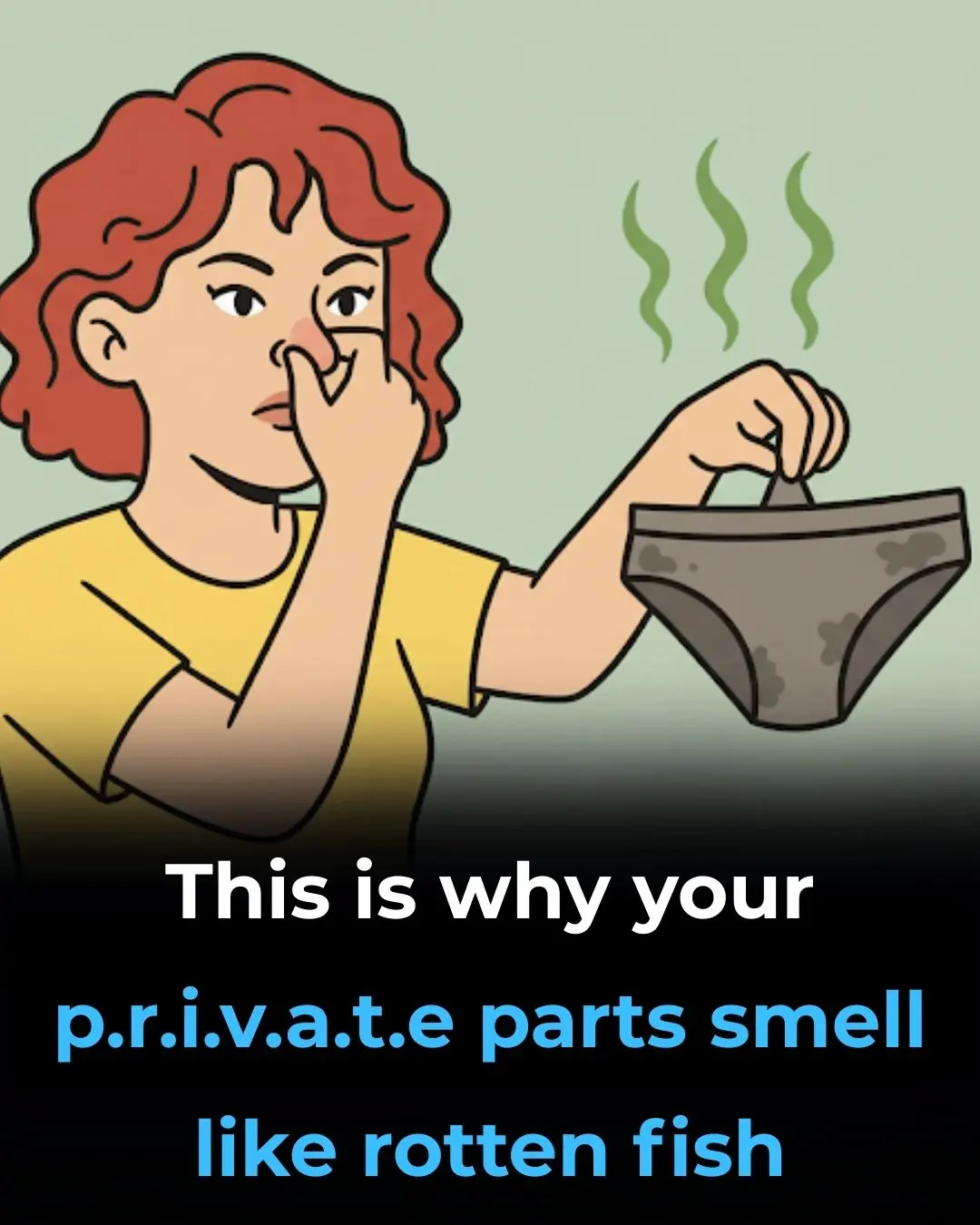
If your private parts smell fishy, it’s something you should be aware of

Soak the vermicelli in a bowl of fish sauce, after 2 minutes you will know if the vermicelli is clean or contains borax.

The refrigerator seal has black mold, use this to wipe it, and it will be completely clean in just 5 minutes.
